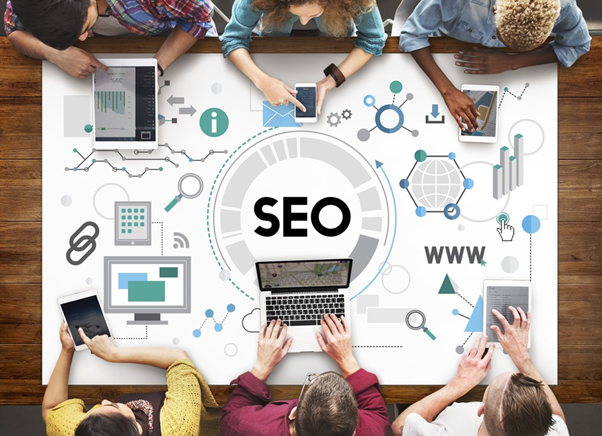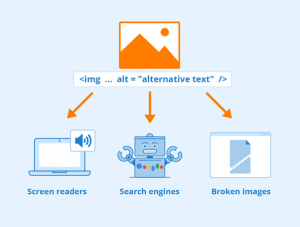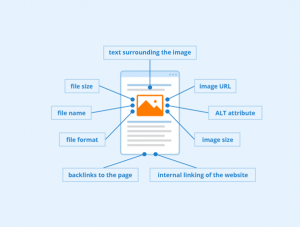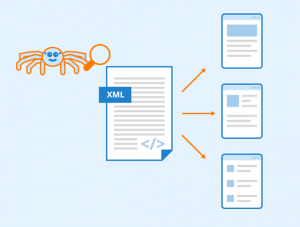
Image Optimisation Best Practices
What is image optimisation?
SEO image optimisation is the process of creating and delivering high-quality images in the correct format, size and resolution to increase user engagement and organic image rankings.
In 2018, images made up 21% of an average web page’s total weight, which has likely grown in 2023. This highlights images can heavily impact a webpage’s loading speeds and that it is important to optimise them. When you can reduce the size of images without compromising quality, page load times and the overall user experience improves.
Below are some elements to optimise when it comes to image SEO:
Use alt text tags

Alt text is a brief description of what’s being shown in an image, attached to the image by an alt tag. This description should be as accurate and descriptive as possible, using targeted keywords where naturally possible. It is image SEO best practices to ensure all images have a unique alt tag with target keywords being used where natural.
These alt texts help search engines understand the image better, in turn increase the likelihood that the image will appear in organic image search results, increasing overall organic visibility.
Alt text also improves the user experience. This text can describe the image to the visually impaired; as well as helping people understand what’s being shown if the image fails to load or is not presented properly. Also to help the visually impaired, alt tags can be used by screen readers to read the description for the images for the user to understand what is being shown.
Use captions to describe images
Albeit not always necessary, captions can be used to describe images for webpages that are heavily reliant on images so users understand the images context. However, in most cases, the context of the page should make it clear what the image is showing.
Compress images for faster load times
Compressing images will help webpages load faster. Page speed has become an increasingly important ranking factor in recent years. Compressing image sizes will lead to a better user experience and potentially boost organic search rankings. It is important to note that search engines do not look at the individual image size, they look at total page size. Optimising page speed performance through image SEO will also help the overall organic performance of the webpage.
Use original images
Google prioritises original content overall. Good, original content will rank well organically. Due to this, it is important you use original, unique, eye-catching images and not just stock photos. This will show Google you have original content, while also encouraging users to engage with the content.
Name your image files before uploading them

When you can reduce the size of images without compromising quality, page load times and the overall user experience improves. Rather than using a generic name, this is an opportunity to use relevant keywords to describe the image in the file, similar to alt text.
Responsive images
With Google focusing on ‘mobile first indexing’, it is vital that webpages and images are optimised for mobile for both rankings and user experience purposes. Responsive images allow users to see your image on any type of device.
If unresponsive images are used, the images may not be displayed correctly on different devices. This will negatively impact image SEO, the user experience and the overall brand as it seems unprofessional.
Add images to sitemaps

Images should be added to an existing sitemap or have their own sitemap all together. This will help search engine crawlers discover all relevant image files on the website easily, giving every opportunity for them to be indexed and ranked. This is especially helpful for JavaScript image files.
Additional notes:
- High quality images can be a great source to earn backlinks. For example, an informative infographic of research and stats conducted by yourself may earn links from other websites as they want to use/reference the data.
In summary, when it comes to Image SEO, the focus of the best practices are to include target keywords where possible and natural for search engines to read and better understand the image.
If you need any help with your Image SEO, or any other digital marketing aspects, contact us to book your free consultation today!
 Pinterest
Pinterest Twitter
Twitter Facebook
Facebook

